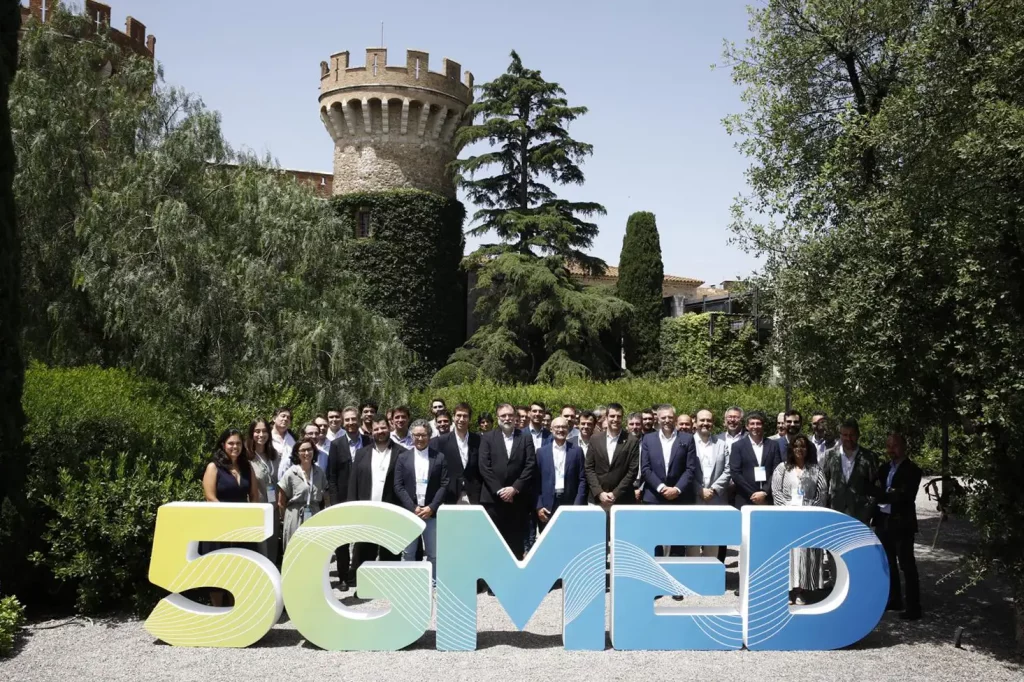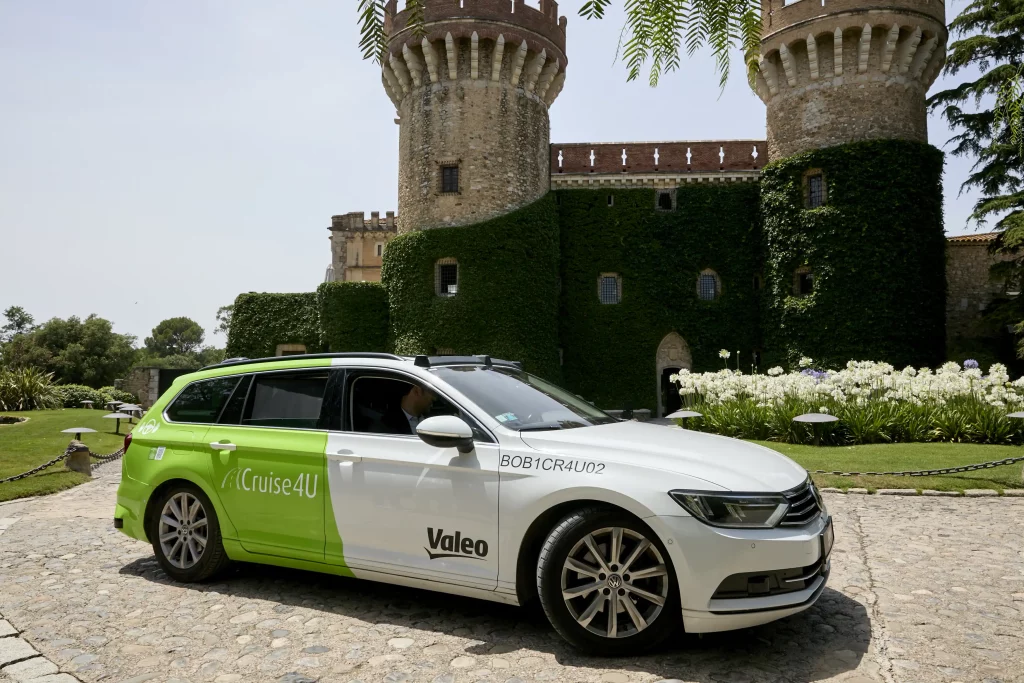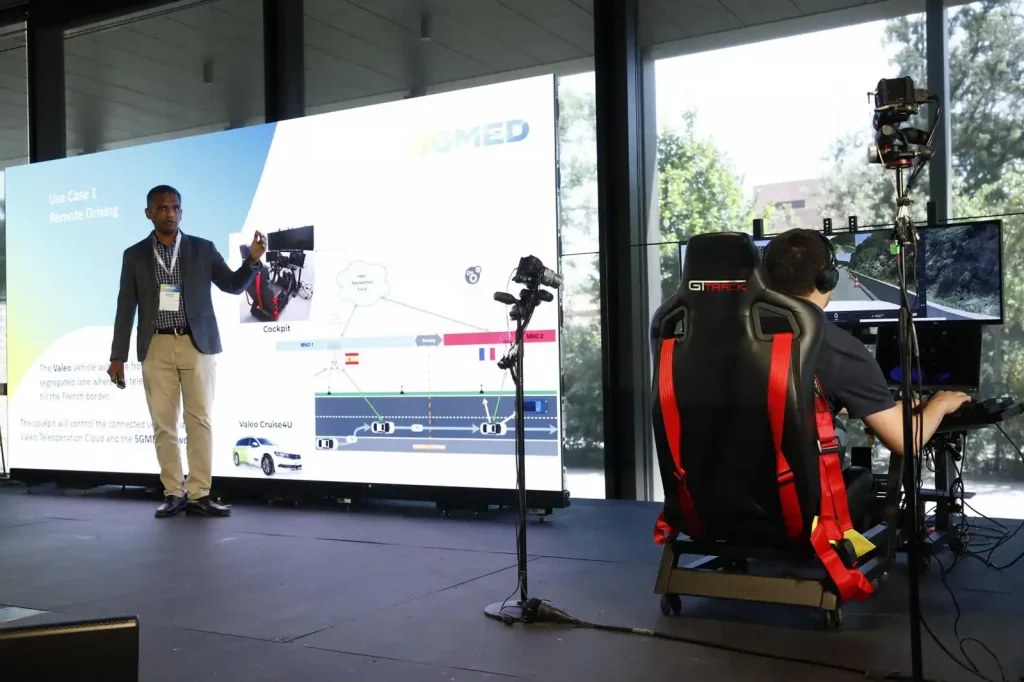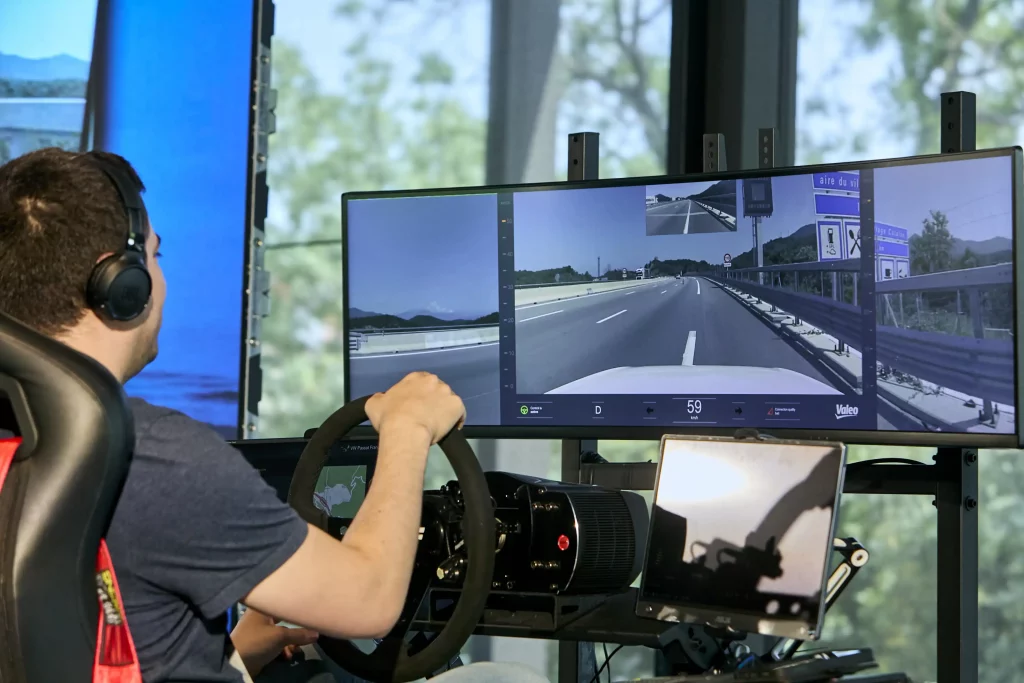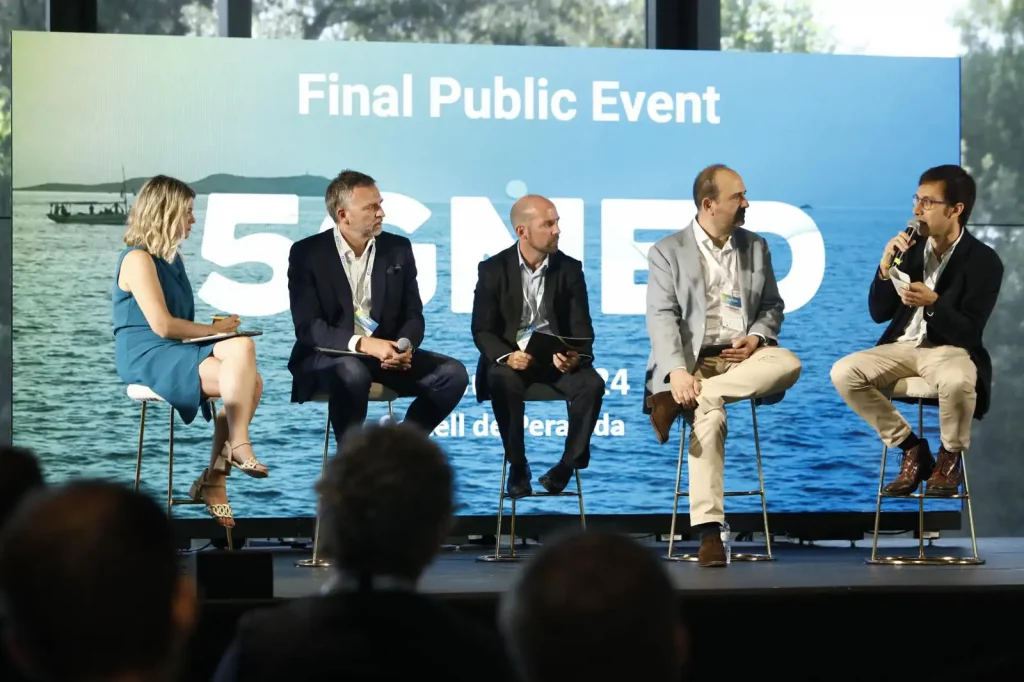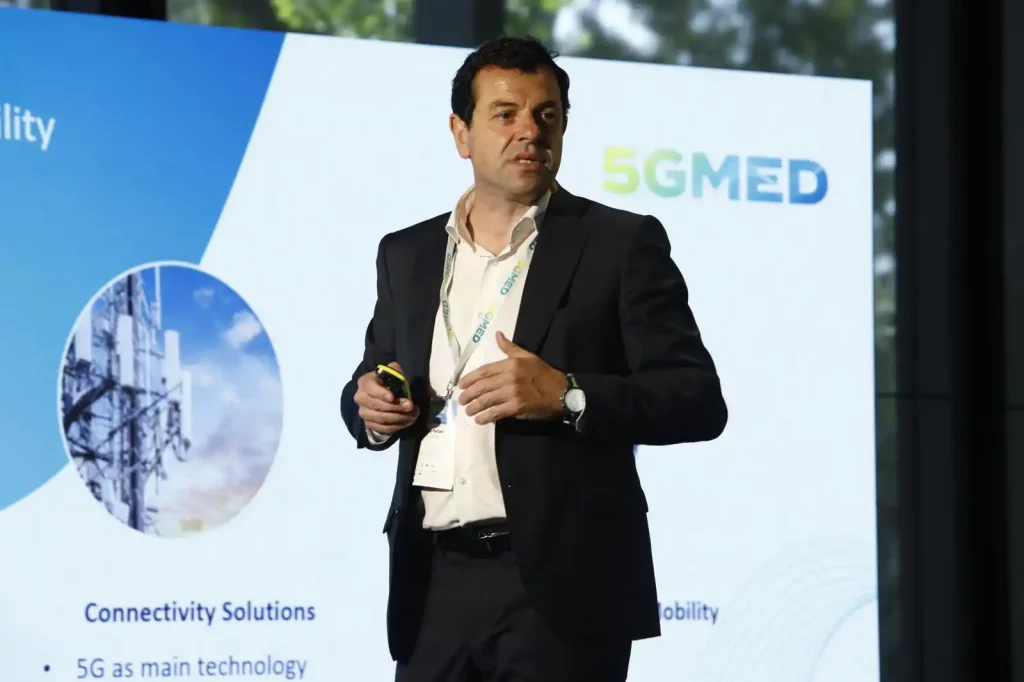Trends
Trends
JUL
02
2024
5G
Benefits of connectivity in mobility
Cellnex tests the benefits of connectivity in mobility over national and innovation borders
Cellnex and around twenty partners participating in the pan-European 5GMED project have just completed an international public-private partnership which over the last four years has evaluated the possibilities offered by connectivity in the transport field along the vital corridors with which the EU intends to promote the interterritorial cohesion, safety and interoperability of a key transport for citizens and economies.
Beyond the valuable examples that can be drawn from the wide-ranging partnership, the consortium -with its €16 million investment (75% of which is financed by the EU)- has successfully achieved its aim of designing and implementing a cross-border technological architecture between Spain and France that allows uninterrupted high-speed communications both on roads and railways.
The ceremony to unveil this initiative between real and technological borders took place at the end of June in the beautiful setting of the Castell de Peralada. The choice of venue was not down to chance, since the noble medieval town in the Catalan Alt Empordà area is very close to the border with France. Attendees along a twenty-kilometre strip of the AP7 motorway linking the two countries witnessed a novel remote driving exercise.
As various participants spoke about the experiences acquired, and their value for the connected and automated mobility of the future, a space on the stage that looked something like a professional gamer’s room was waiting. Then a discreet driver sat down on the seat and took the wheel in that improvised game room. But what came next was anything but a game. Participants in the Peralada conference room were able to see how an emergency requiring remote control of a vehicle could be simulated live seamlessly across borders.
The current configuration of roaming at the border would have made this simulation impossible since it leads to a break in communications of sometimes more than one minute when moving from one country to the other. However, the technology deployed within the project has reduced this break to an imperceptible 75 milliseconds.
Beyond the 5G after which the project is named, the experience tested a wide range of technologies that take advantage of the alert or autonomous driving elements that many vehicles already have – live video cameras or sensors to provide advanced connectivity services in a scalable and replicable way along transport corridors.
In addition to remote driving, the event also showcased live experiences on traffic control by digitalising roads, which will improve efficiency and safety with strategies based both on the information of the vehicles themselves and on that of the infrastructure.
As well as the road system, the railway infrastructure, which is a backbone of the European economy, was also analysed within a project that proved the validity of a new rail mobile communications system. Experience has shown how communication makes it possible to monitor on-board sensors or elements of railway tracks to improve passenger safety and comfort using quality wifi connectivity that allows users to telework while their children watch a movie or play entertaining online games in their seats. This particular feature, known as “personalised infotainment”, ensures uninterrupted service at high speed even when travelling across borders.

The Mediterranean Corridor – which concentrates 55% of road traffic and 65% of rail traffic from Spain to France – is one of the EU’s ten vital transport corridors (Trans-European Transport Networks). All the participants underscored the benefits of the challenges and solutions addressed by the project, the ramifications of which will be taken into account in other key transport links.
Economic rationale
However, they also highlighted the need to apply a realistic vision and institutional support to experiences whose profitability or business model has yet to be proven. “Sometimes we perform research very quickly but bring it to the market very slowly” explained Sergi Figuerola, CEO of I2CAT, the institution that acted as technical manager in the consortium.
The companies involved -including key players from telecommunications, transport, technology, research and consultancy such as Mobile World Capital Barcelona, Hispasat, Abertis Autopistas, SNCF or Vodafone- highlighted the essential collaboration throughout the services value chain.
“The experience is a demonstration of how a 5G network over a relatively wide distance can guarantee automated services that require continuity at a critical moment,” explains Óscar Pallarols, head of innovation and business development at Cellnex.
However, although translating part of the experience to a commercial environment may be viable (for example with the automation of services in a busy and concentrated environment such as a port), the real application of the proofs of concept carried out would require infrastructure, a network and a volume of investment that is unthinkable today in depopulated areas without public sector incentives.
At the event it was mentioned that a tower in an urban environment serves around 1,000 users. Taking an average of €20 per user, the income received would be in the region of €20,000 per month. A feasibility study would place that same calculation in a tower in a rural environment or in the simulated case (two clients: the car on the motorway and the driver on the stage) in the category of “market failure”, to use a well-known expression.
A few years ago, an unforgettable campaign featuring the question ‘do you like driving?’ showed the pilot’s hand surfing waves of air. Today, the consortium showed the world indoor driving.
“This experience of where the autonomous car could take us was the excuse to test the benefits of 5G,” acknowledges Pallarols. “In that sense, the driving experience that we have shown today is almost a provocation. This is what research usually pursues and achieves.”















